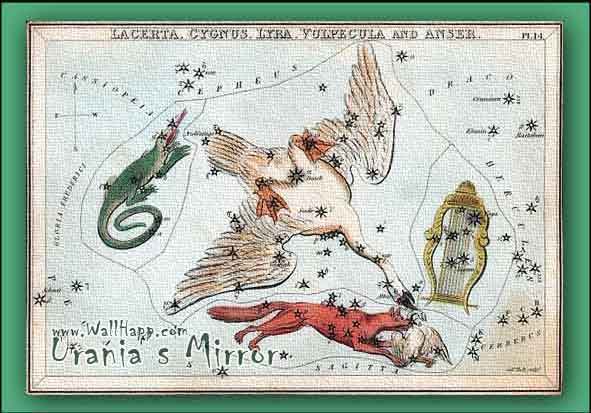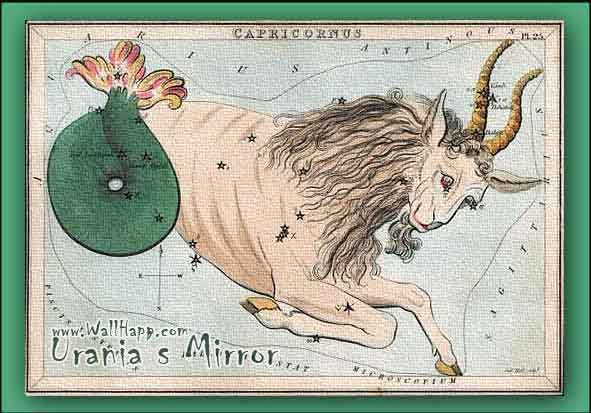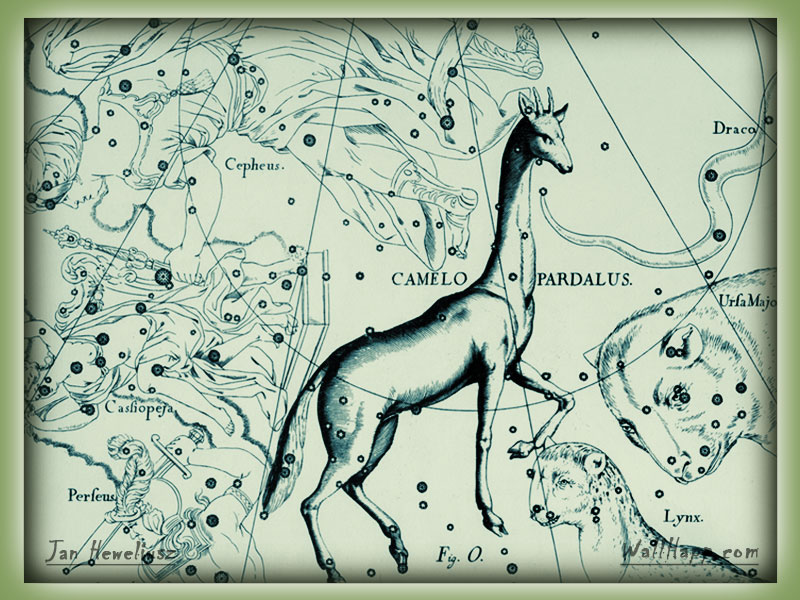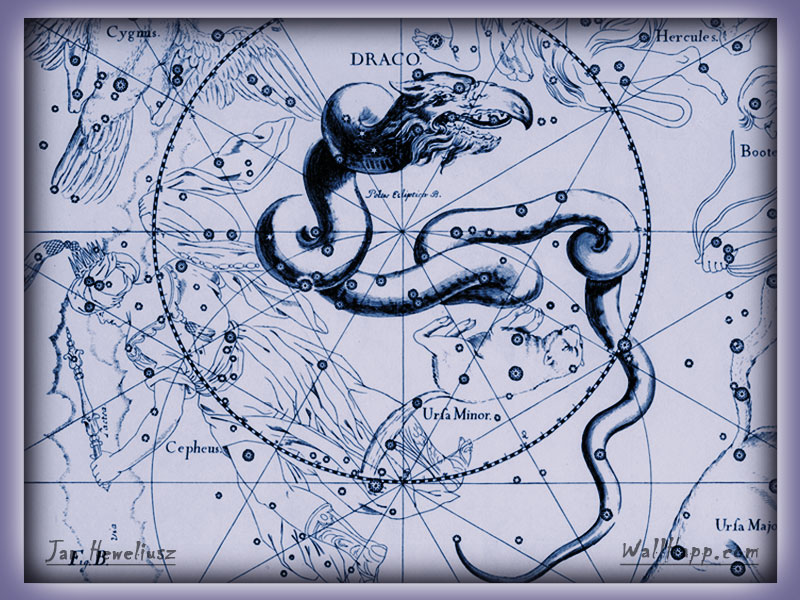
Constellation
In modern astronomy, a constellation is a specific area of the celestial sphere as defined by the International Astronomical Union (IAU). These areas had their origins in star patterns from which the constellations take their names. There are 88 officially recognized constellations, covering the entire sky.
The current list of 88 constellations recognized by the International Astronomical Union since 1922 is based on the 48 listed by Ptolemy in his Almagest in the 2nd century. Ptolemy's catalogue is informed by Eudoxus of Cnidus, a Greek astronomer of the 4th century BC who introduced earlier Babylonian astronomy to the Hellenistic culture.
The Late Latin term constellātiō can be translated as "set with stars". The term was first used in astrology, of asterisms that supposedly exerted influence, attested in Ammianus (4th century). In English the term was used from the 14th century, also in astrology, of conjunctions of planets. The modern astronomical sense of "area of the celestial sphere around a specific asterism" dates to the mid-16th century.
In 1922, Henry Norris Russell aided the IAU (International Astronomical Union) in dividing the celestial sphere into 88 official constellations. Where possible, these modern constellations usually share the names of their Graeco-Roman predecessors, such as Orion, Leo or Scorpius. The aim of this system is area-mapping, i.e. the division of the celestial sphere into contiguous fields. Out of the 88 modern constellations, 36 lie predominantly in the northern sky, and the other 52 predominantly in the southern.
In 1930, the boundaries between the 88 constellations were devised by Eugène Delporte along vertical and horizontal lines of right ascension and declination. However, the data he used originated back to epoch B1875.0, which was when Benjamin A. Gould first made the proposal to designate boundaries for the celestial sphere, a suggestion upon which Delporte would base his work. The consequence of this early date is that due to the precession of the equinoxes, the borders on a modern star map, such as epoch J2000, are already somewhat skewed and no longer perfectly vertical or horizontal. This effect will increase over the years and centuries to come.




